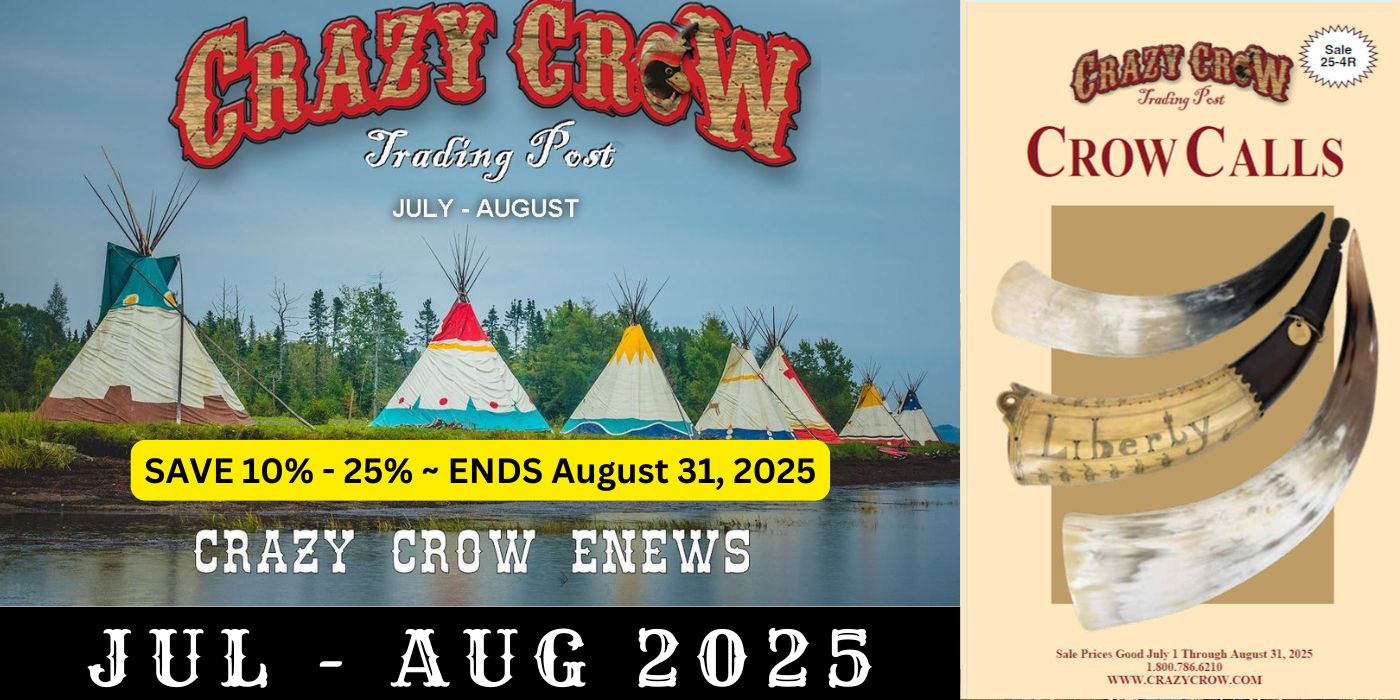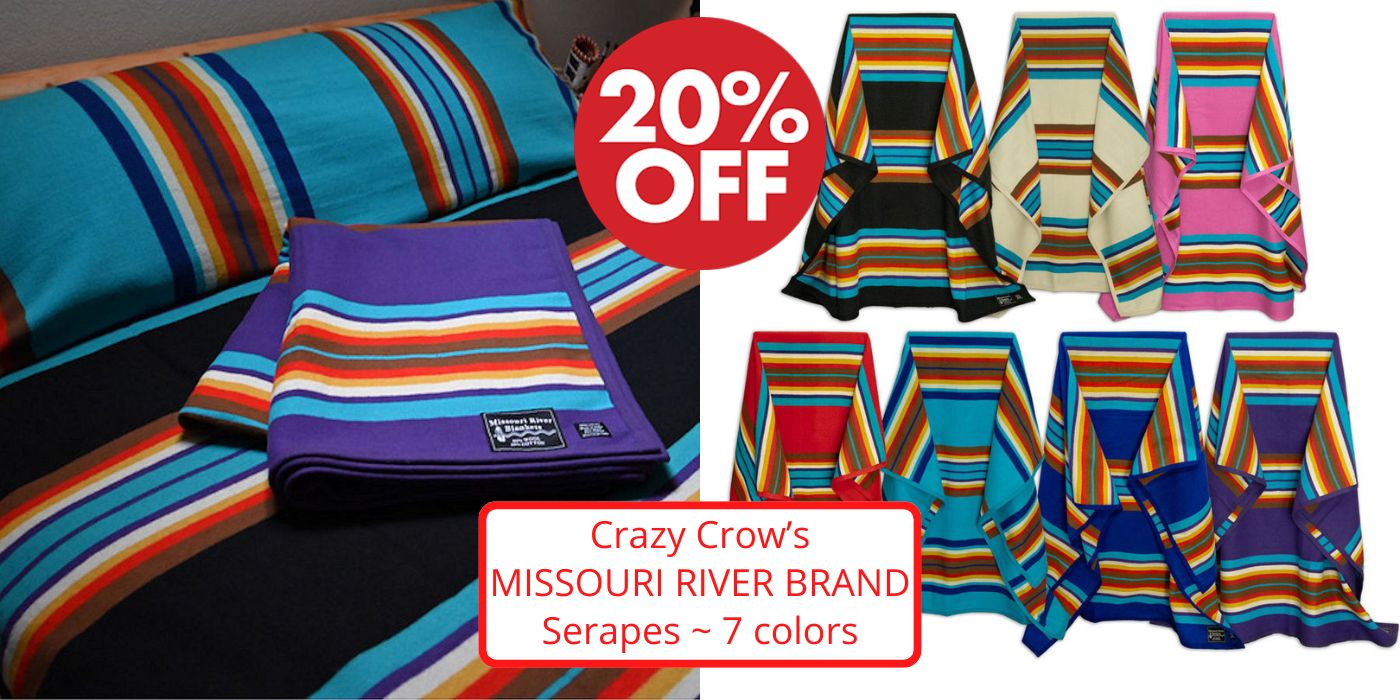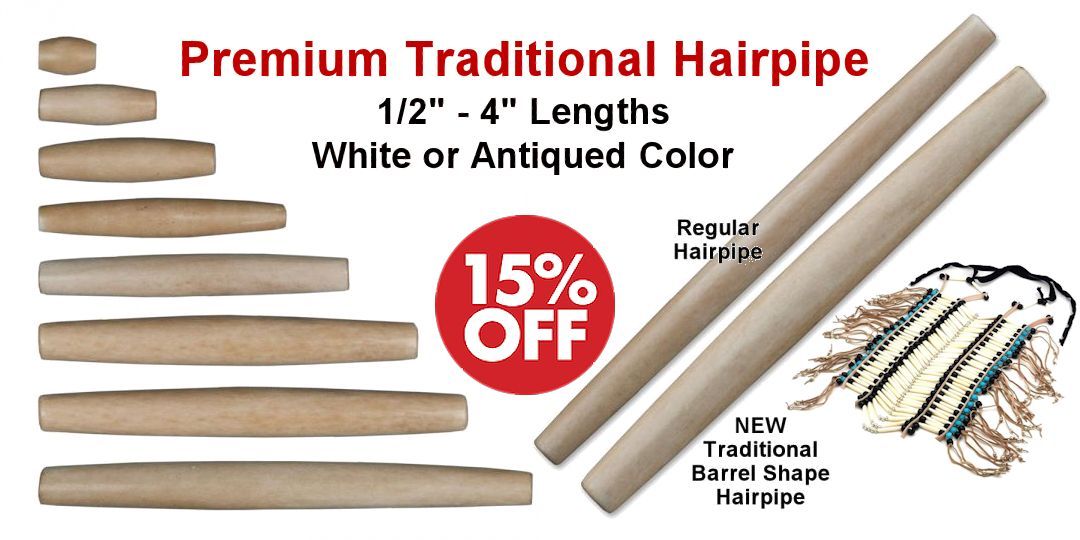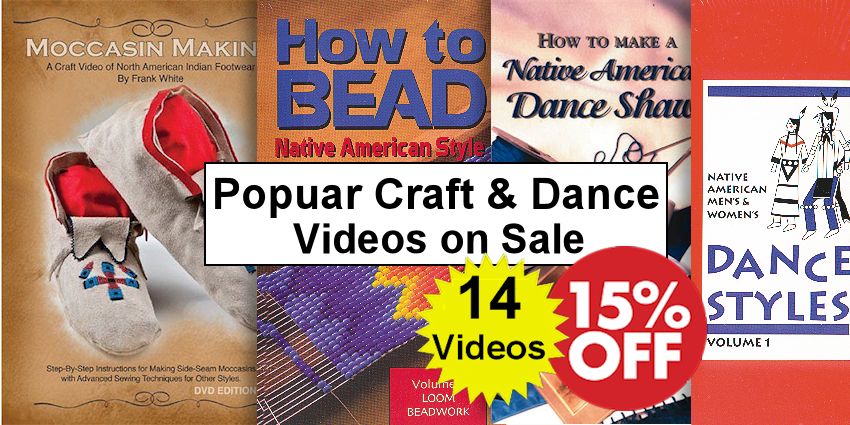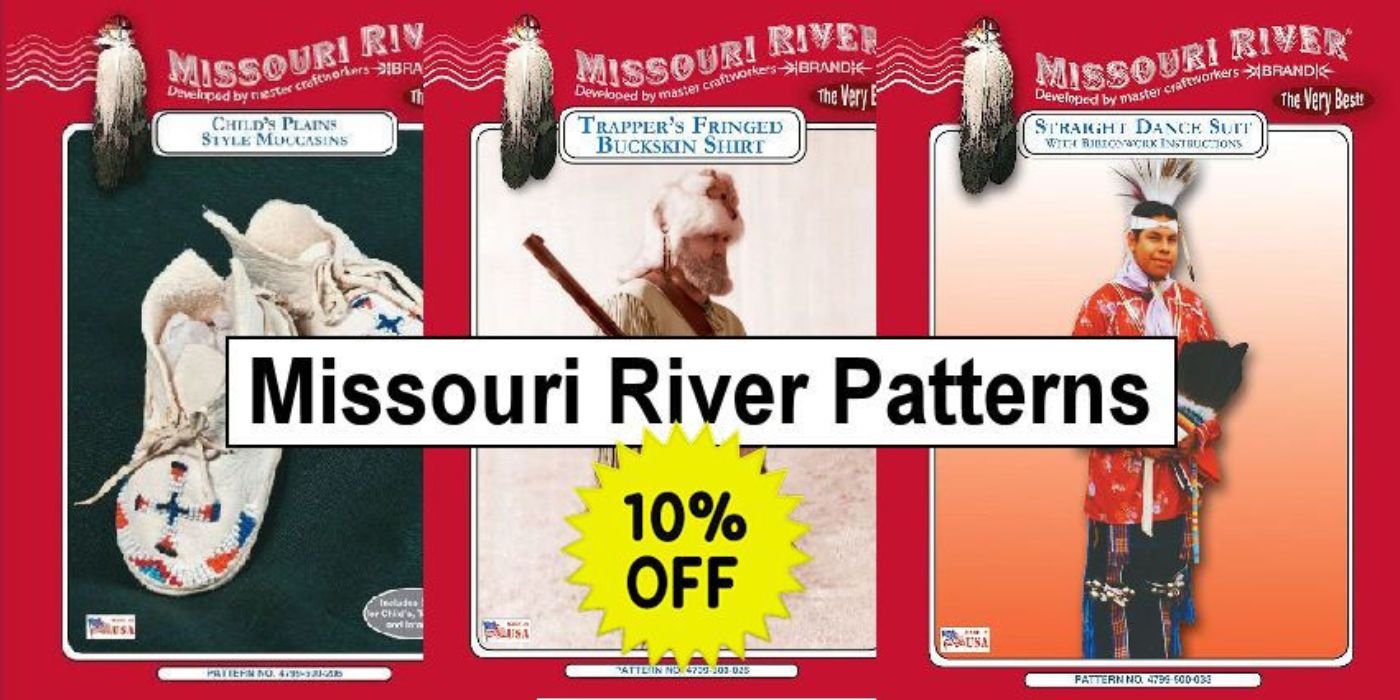

American Indian Trade Blankets
The Rise of Pendleton Woolen Mills as the
Primary Trade Blanket of Contemporary Native Americans
Credit Above Photo: Visitor7, CC BY-SA 3.0, via Wikimedia Commons
American Indian Trade Blankets
The Rise of Pendleton Woolen Mills as the
Primary Trade Blanket of Contemporary Native Americans
Credit Above Photo: Visitor7, CC BY-SA 3.0, via Wikimedia Commons
Over the many generations since Native Americans began trade with Europeans, few items have become more closely identified with indigenous American cultures as has the American Indian trade blanket. An American Indian trade blanket is a commercially created machine-woven blanket produced for the American Indian market. Prior to their introduction, Native Americans provided for themselves with native or natural means. Historically, “wearing robes” were created from animal hides and fur, woven plant fibers, and ultimately fabric woven by hand from wool or cotton.
Introduction of Trade Blankets: Replacement of Traditional Materials
European contact meant the introduction of trade goods, altering the need for traditional forms of clothing and textiles. The “trade blanket” replaced the hide robes and hand woven blankets. The development of a market for these blankets parallels the evolution of the Native American peoples cultural existence.
Bright colors and intricately woven patterns are the hallmark of all trade blankets. Even though the blankets were commercially produced by companies such as the famous Pendleton Woolen Mills, they were embraced by Native American peoples across the country and became an integral part of their culture and ceremonies.
Trade blankets took the place of fur and hide robes in the same way that glass beads replaced porcupine quills and other natural materials used for decoration. Just as trade blanket design reflected Native American culture, so too the Native American’s recast their use to reflect their cultures in a completely different way than was identified with the European culture that manufactured them, creating American Indian beadwork.
Contemporary Trade Blanket Use at Pow Wows
Watch any powwow and you will see trade blankets (today, primarily Pendleton blankets) being worn or used. Women wear (or carry) brightly colored shawls (Pendletons as well as many other types). The men, whether dancing or singing, use blankets as part of their attire or to hold their place in the dance arena when draped over a bench (as do the ladies).
Importance in Native American Life


Pendleton Chief Joseph Blanket
Trade blankets are used throughout the life of Native Americans as gifts to commemorate important milestones and achievements. At powwows or other events, “head persons” (powwow chairmen, arena directors, head dancers and singers) hold giveaways to show their honor at having been asked to fill these important positions, and their respect for them. Pendleton blankets are among the most common and prized of the gifts used during these times.
These blankets are not just worn or used for warmth. As a gift, the blanket is an important acknowledgement of friendship, gratitude, and respect. It is this “language of the robe” that is the epiotmy of “Indianess” and speaks strongly of the trade blankets’ place in Native American culture today as much as it ever has been.
Used this way by Native Americans, these blankets create a visual “statement of Indianness”, perhaps more than any other item. This is true throughout American Indian cultures from the Plains and Plateau people to the tribes of the Northwest Coast and Southwest. Since Native Americans began to trade with Europeans, few items have been so closely identified with their culture as the American Indian trade blanket. Because of this association, these commercially manufactured trade blankets have almost universally become known as “Indian blankets”. Even though this term is inherently misleading, in the sense that the blanket is woven on factory looms, it is appropriate because the trade blanket has evolved in terms of the native cultures for which they were intended.
Trade blankets took the place of fur and hide robes in the same way that glass beads replaced porcupine quills and other natural materials used for decoration. Just as trade blanket design reflected Native American culture, so too the Native American’s recast their use to reflect their cultures in a completely different way than was identified with the European culture that manufactured them, creating American Indian beadwork.
Contemporary Trade Blanket Use at Pow Wows
Watch any powwow and you will see trade blankets (today, primarily Pendleton blankets) being worn or used. Women wear (or carry) brightly colored shawls (Pendletons as well as many other types). The men, whether dancing or singing, use blankets as part of their attire or to hold their place in the dance arena when draped over a bench (as do the ladies).


Credit Above Photo: OSU Special Collections & Archives : Commons, No restrictions, via Wikimedia Commons
Importance in Native American Life
In 1895, a woolen mill opened in the Oregon town of Pendleton to sell blankets and robes to nearby Native American tribes. The mill went out of business, but in 1909, brothers Clarence, Roy, and Chauncey Bishop, who came from a family of weavers and entrepreneurs, reopened the facility as Pendleton Woolen Mills. Today, Pendleton Woolen Mills is the only major manufacturer of Indian design blankets on the market.
Employing the Jacquard loom technology first imported to the U.S. in the 1830s, Pendleton and other new U.S. mills were able to make felted blankets with stunning colors and patterns. Naturally, all the these wool companies looked at the Native American populations, who had at this point adapted wool blankets, often striped or plaid, as a part of their ceremonies and rites of passage, and saw an opportunity.
Developing Blanket Designs for the Native American Market
To Pendleton’s credit, its loom artisan Joe Rawnsley spent a lot of time with the local tribes, such as the Nez Perce, to learn what colors and patterns would appeal to them most in blankets. As a side note, the Nez Perce most associated with the brand, Chief Joseph, who heroically stood up against the U.S. government for years, had very little involvement with the company. He was photographed by Major Lee Morehouse wearing Pendleton blankets in 1901, but that seems to have been the extent of his relationship with Pendleton Woolen Mills.


Credit Above Photo: OSU Special Collections & Archives : Commons, No restrictions, via Wikimedia Commons
Rawnsley’s early blankets were well-received by the nearby Nez Perce, so the company sent him on a six-month tour of the Southwest, where he lived with Navajo, Zuni, and Hopi to find out what blanket designs those tribes would prefer. He returned with hundreds of ideas. Designs from baskets, pottery, weavings, and other regalia all inspired him, making Pendleton blanket designs a blending of the images and colors he saw through his own design filters.
It could be said that Rawnsley was simply inspired by the beauty of Native American arts and crafts, and he hoped to use his Jacquard skills to make beautiful blankets that the tribe’s people would love and use. In that, time has shown that he very much succeeded.
From the beginning Pendleton Woolen Mills marketed the blankets to various native communities, but the designs themselves are not strictly authentic, but an interpretation of design elements. It is ironic that that at the time that Navajo were making blankets for the white tourist trade, and Pendleton was making blankets to sell to the native communities.
Not just Pendleton, but other woolen mills as well, developed because the market for their weaving was so strong in native communities. These blankets were integrated right away into Native American ceremonies. Pendleton also realized that different communities and different tribes had different preferences for designs or colors. And then they created blankets that different communities would like.
Crazy Crow Articles
Current Crow Calls Sale
July – August
SAVE 10%-25% on popular powwow, rendezvous, historic reenactor, bead & leather crafter supplies. It’s official, Summer is here, and so is the heart of Powwow, Rendezvous & Historic Reenactment seasons. 4th of July Celebrations is here, and just blink and Labor Day will be here. This sale offers many popular items for Native American, Rendezvous & Historic Reenactment outfits. Sale items include our Missouri River Brand Serape Blankets, a big DVD sale, Missouri River Patterns, 18th Century Linen Hunting Shirts, select Damascus Knives, Buckskin Splits, Bone & Horn Hairpipe, Plastic Crow Beads, Leather Pouches & Bags, and much more!



